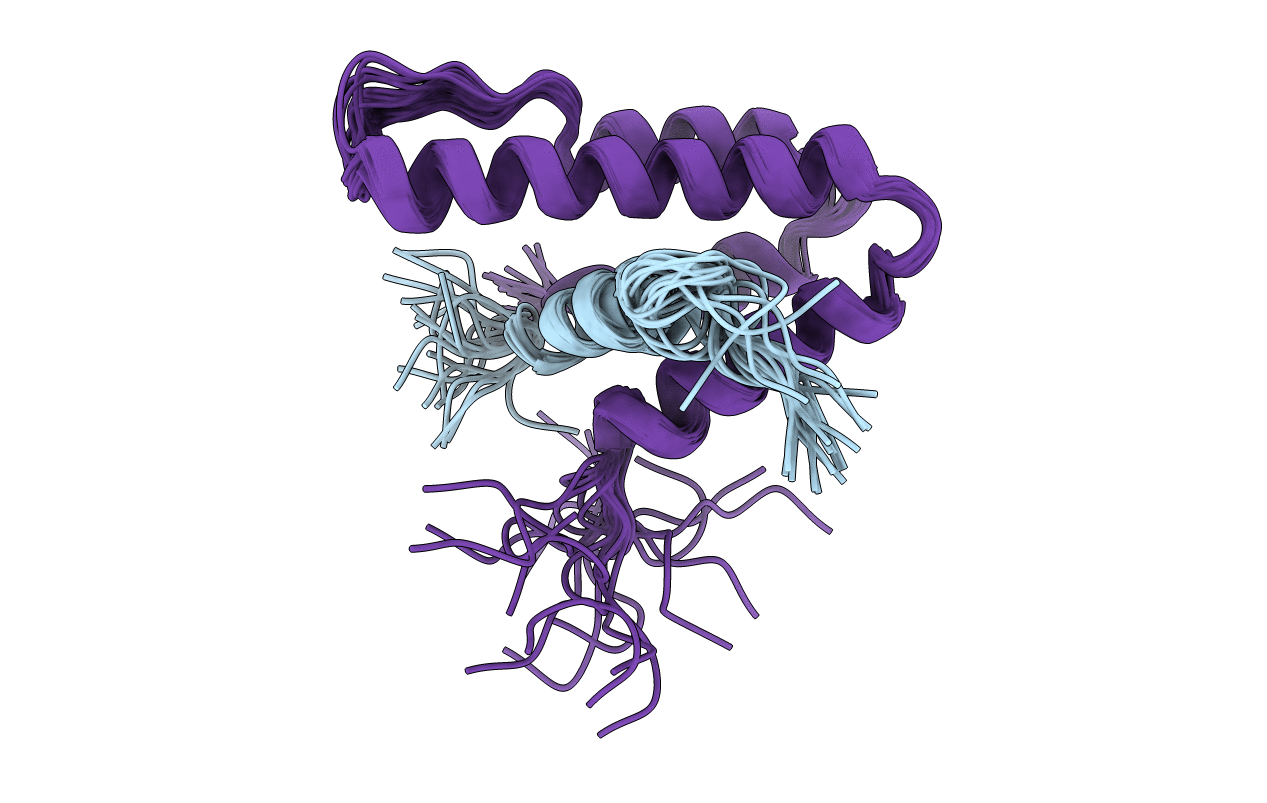
Deposition Date
2004-01-21
Release Date
2004-07-06
Last Version Date
2024-05-22
Method Details:
Experimental Method:
Conformers Calculated:
80
Conformers Submitted:
20
Selection Criteria:
The submitted conformers are the 20 structures with the lowest restraint energies, restraint violations, and RMS deviations from ideal covalent geometry.


